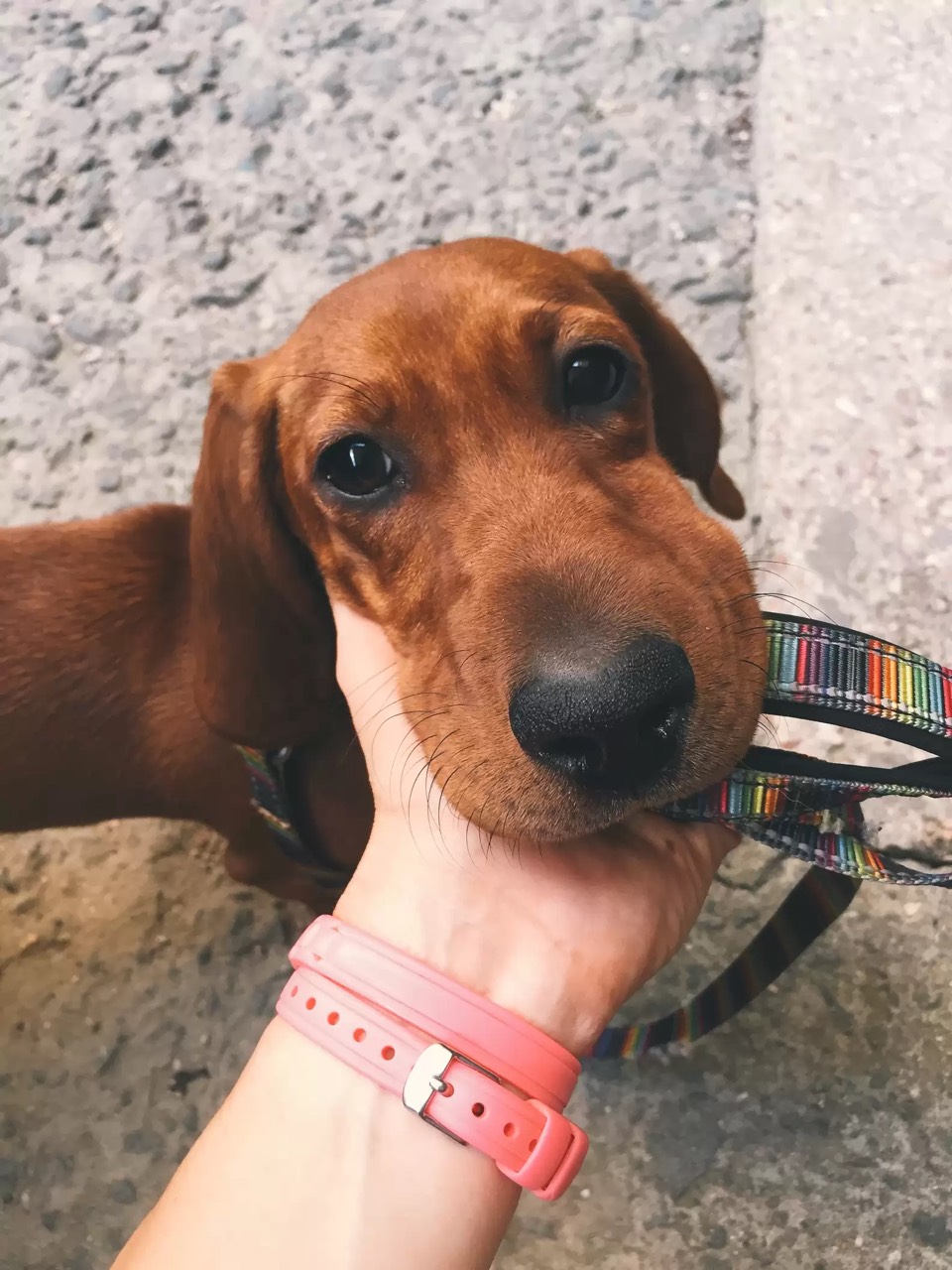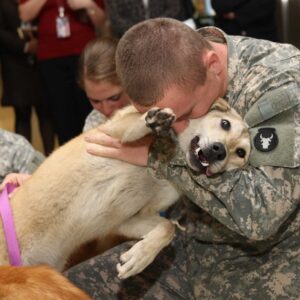
When you’re on an outdoor adventure with your dog, the last thing you want to think about is your pup getting hurt. But accidents happen, and it’s important to be prepared.
So, what should you do if your dog gets stung by a bee while outside? The Dodo reached out to Dr. Fleur Jones, an emergency veterinarian with the Veterinary Emergency Group (VEG), to get a step-by-step breakdown of what to do if you think your dog is suffering from a bee sting.
Dr. Jones told The Dodo that, just like humans, “dogs (and cats) can have major allergic reactions to bee stings,” so it’s really important to act fast.
What will bee sting symptoms look like?
“Often when pets get stung by a bee, owners don’t see it happen,” Dr. Jones said. “They usually come into my ER after seeing signs such as itching/scratching, swollen face/muzzle, or hives!”
According to Dr. Jones, dogs who have been stung often act like they’re in pain and are generally unsettled, “doing things like panting, pacing and not wanting you to pet them in certain areas.”
But some dogs may present symptoms that indicate a more severe reaction, like anaphylaxis, which could be deadly.
“[In more severe cases], you’ll notice lethargy, vomiting, diarrhea or not wanting to eat/drink,” Dr. Jones said. “If you notice any of those signs, you need to get your dog to a veterinarian as soon as possible for care as it can be life-threatening.”

What should you do if your dog has gotten stung?
“If you know your pet has been stung by a bee, identify and remove the stinger if your pet will allow,” Dr. Jones said. You can do so with a credit card! Scrape a clean credit card over the area where your dog has been stung to catch the stinger on the edge and pull it free from your dog’s skin.
“Then, call your regular veterinarian to advise a Benadryl dose, or come to your local ER vet,” Dr. Jones continued. Most emergency veterinarians will be able to see your dog right away and administer a Benadryl injection or a steroid injection if the allergic reaction warrants it.
“As long as it’s a mild allergic reaction, and I see improvement after the injections, I’ll advise a Benadryl dose to continue at home for the next one to two days as needed for hives and swelling,” Dr. Jones said.

What should you keep in your dog’s first aid kit to help with bee stings?
If you’re on a hiking trail or can’t get immediate access to your vet, there is one major must-have you should always carry in your first aid kit.
“Benadryl tablets,” Dr. Jones said. “Make sure you aren’t using a [Benadryl] liquid that has an ingredient called xylitol in it. Xylitol is an artificial sweetener that is toxic to dogs.”
However, Dr. Jones said that it’s important to talk to your vet about a pre-identified dose that is safe for your dog before you administer the medication — so, plan ahead!
And, of course, if you have any concerns or questions, just head to your local ER vet for immediate treatment.





